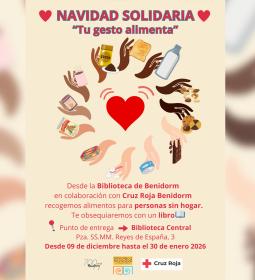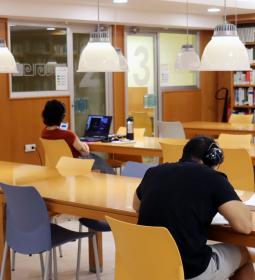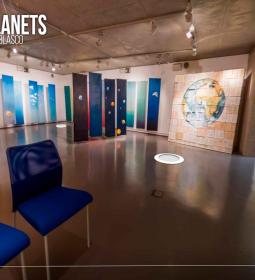The JGL approves on Monday the musealization project, supervised by the UA archaeologists and must be authorized by the Regional Goverment
Benidorm plans to rebuild the main road of the 'Castellum' of Tossal and make the site accessible

The project of musealization of Tossal de La Cala site proposes to rebuild the main road of the ‘Castellum’, from which the accessible visiting itinerary will be established. This has been done today by the Councilor for Historical Heritage, Ana Pellicer, who reported that next Monday the Local Government Board (JGL) will approve the project, which has been supervised by archaeologists at the University of Alicante (UA) and that It will be sent to the General Directorate of Culture and Heritage of the Regional Goverment for authorization.
Pellicer explained that “the project of 'Archaeological intervention in the Castellum del Tossal', included in the FEDER Funds Operational Program for the recovery of the Valencian cultural heritage, was accompanied by an initial proposal for musealization that was logically conditioned on the outcome of the excavations Once these have been completed, it is necessary to adapt that initial proposal to the reality of the site after its intervention and to the findings that have emerged, with the aim of putting them in value and making them known among the citizens ”.
This new proposal for musealization “has been informed favorably by municipal technicians and also by archaeologists Feliciana Sala and Jesús Moratalla, responsible for the excavations in El Tossal; and does not increase the budget for awarding the intervention contract financed with municipal and European funds ”.
The mayor has indicated that “with this musealization we want to recompose or recreate what was once this Roman fortress from the 1st century BC, but also facilitate access to the site of all interested people by putting all the information at your fingertips so that know in detail how the 'castellum' worked, its architectural characteristics and all the historical data that have been clarified in the successive excavation campaigns and in this last great project of archaeological intervention ”.
A project valued at just over 156,000 euros and is structured in "four basic lines of action". The first is the reconstruction of the main road, which will serve as access to the site through a section of wall. The second planned action is “the identification of the spaces, differentiating the function of each stay in the daily life of the fort with gravels of different colors. Previously, excavated rooms and areas pending excavation will be protected to prevent erosion due to weather or rainfall. The third action contemplated in the musealization is “the installation of information panels on the site and its structures to facilitate compression for all visitors”; and the last one, is linked to accessibility and visits the site with the installation of an information office and public restroom modules.
As Pellicer has detailed, “the visiting itinerary proposed by the interior of the 'castellum' is linear following the path of the Roman road, marked by wooden posts with ropes and reaching two viewpoints, one on the western side and one on the eastern that will allow to visualize the recovered structures, the set of the deposit and its connection with the surroundings ”.
Likewise, the head of Historical Heritage has informed that the project includes “the installation of a video surveillance system”.
Finally, she has informed that "the works are being speeded up and we will meet the deadlines so that in summer all the neighbors and visitors can enjoy our Tossal de La Cala in its maximum fullness".
Results of the archaeological intervention
In the ‘Archaeological Intervention in‘ Castellum ’del Tossal’ a bastion and a some rooms have emerged, circling the hill and even the wall, leaving an expedited central area, next to some terraced areas. In addition, complementary structures have been discovered, another possible entrance to the fort, a lot of ceramic and some metallic material - specifically, two nails, a spatial probe and a knife fragment. Likewise, more wall traces have been detected under existing buildings.
In the last phase, in addition, an unexpected finding of relevance and great historical and archaeological value was obtained: a ceremonial amphora of about a meter in length that was located intact and that could be used in the founding rite of the Roman fort. Through this rite the builders of the fort prayed to the gods so that they were benevolent with the people who were going to inhabit it. Generally, as an offering, the amphorae were filled with wine or ‘garum’ - fish sauce.
The amphora, which according to all indications would be of Cadiz factory, was at the base of a wall, next to the wall of the western part of the site; the area, to date, less excavated.







